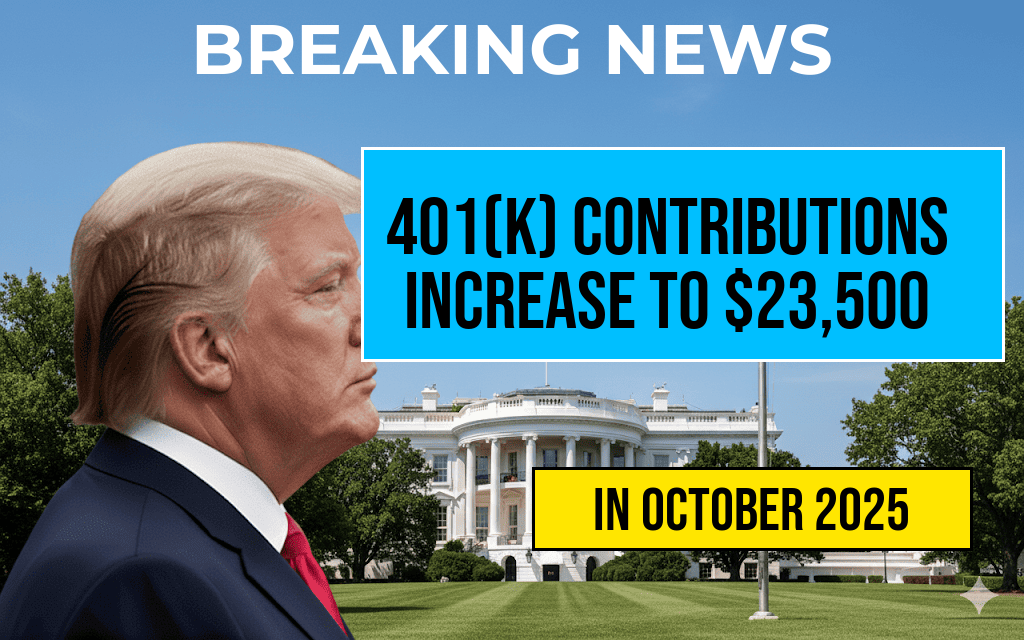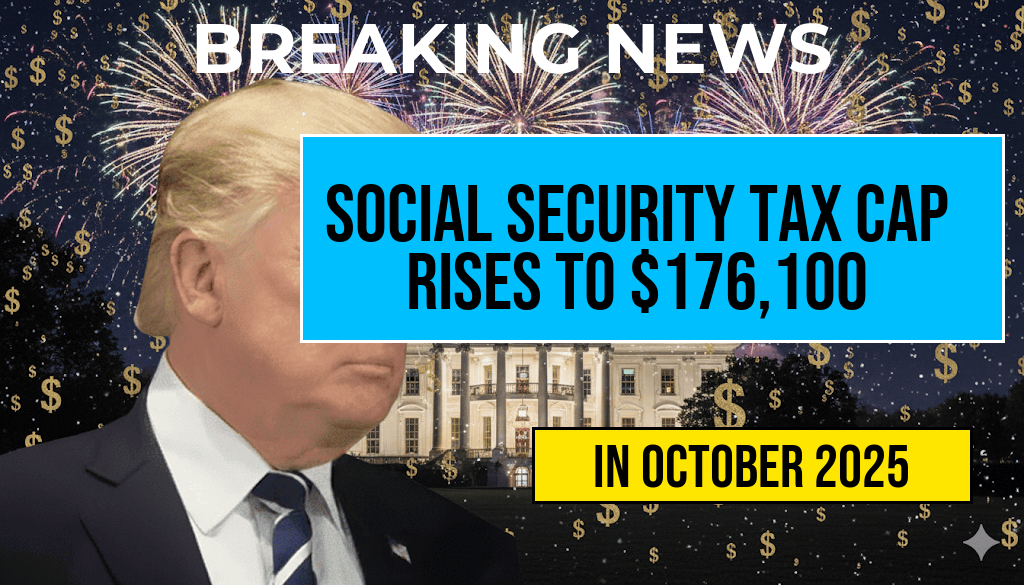New economic policies proposed by the current administration could lead to a significant decrease in average income for middle-class households, with projections estimating a reduction of up to $1,300 by the year 2027. As the country grapples with inflation and rising living costs, these changes are raising concerns among economists, policymakers, and everyday Americans alike. The anticipated decline in disposable income could have broad implications for consumer spending, savings rates, and overall economic growth. This article explores the factors contributing to this trend, the potential impacts on the middle class, and the broader economic landscape.
Understanding the New Policies
The proposed policies include adjustments to tax codes, alterations in social safety net programs, and potential cuts to public services. These measures are designed to address the federal budget deficit but may inadvertently place additional financial strain on households that already face economic challenges.
Key Changes in Taxation and Benefits
- Tax Code Adjustments: The administration plans to modify various tax brackets, affecting the way middle-class families are taxed. These changes could lead to increased tax liabilities for many.
- Social Safety Net Reductions: Proposed cuts to programs like Medicare and Social Security may reduce benefits for millions, particularly impacting retired individuals and working families.
- Public Service Funding Cuts: Decreased funding for essential services, including education and healthcare, could lead to higher out-of-pocket expenses for families.
Projected Economic Impact
According to a recent report from the Economic Policy Institute, these changes could result in an overall decline in purchasing power for the middle class. The report highlights that inflation has already eroded wage growth, and the new policies could exacerbate this issue, leaving many families struggling to meet basic needs.
Consumer Spending and Savings Rates
The anticipated drop in income could lead to reduced consumer spending, a critical driver of economic growth. Households may cut back on discretionary expenses, which could negatively impact businesses reliant on consumer spending. Furthermore, lower disposable income may hinder families’ ability to save for emergencies, retirement, or education, putting additional strain on future financial stability.
Responses from Economists and Policymakers
Economists have expressed mixed feelings regarding the proposed policies. Some argue that the adjustments are necessary for fiscal responsibility, while others warn that they could deepen the economic divide between the wealthy and the middle class. Dr. Jane Smith, an economist at the National Bureau of Economic Research, states, “While controlling the deficit is important, we must consider the long-term implications of reducing income for the middle class, which can lead to decreased economic mobility.”
Potential Political Ramifications
The potential fallout from these policies could have significant political consequences. Public sentiment regarding economic security is shifting, and voters may react strongly to any perceived threats to their livelihoods. As the 2024 elections approach, candidates from both parties will likely address these issues, shaping their platforms around the economic concerns of the middle class.
Looking Ahead: What Can Be Done?
As discussions continue around these policies, several solutions have been proposed to mitigate the impact on middle-class families:
- Progressive Tax Reforms: Implementing more equitable tax structures that relieve some of the burdens on middle-income earners.
- Strengthening Safety Nets: Enhancing social safety programs to provide better support for families facing economic hardship.
- Investing in Job Creation: Focusing on initiatives that promote job growth and higher wages can help sustain the middle class.
Conclusion
The potential reduction in average income by $1,300 by 2027 is a pressing concern for the middle class, with implications that extend beyond individual households to the economy as a whole. Policymakers must carefully consider the long-term effects of their proposals to ensure that economic growth does not come at the expense of the very citizens they aim to support.
Frequently Asked Questions
What are the new policies that could affect middle-class income?
The new policies include tax reforms, changes in social benefits, and adjustments to minimum wage laws, all of which are projected to impact the financial stability of the middle class by 2027.
How much can the average middle-class income decline by 2027?
The average middle-class income could see a reduction of approximately $1,300 due to these new policies, which may strain household budgets.
Who will be most affected by these income reductions?
The middle class, particularly families and individuals relying on stable earnings, will be most affected by income reductions stemming from the proposed policy changes.
What can individuals do to mitigate the income loss?
Individuals can look into budgeting strategies, seek additional income sources, and stay informed about financial planning resources to better navigate potential income loss.
Is there any possibility that the policies will be revised before 2027?
While it’s uncertain, public opinion and advocacy efforts could lead to revisions of the policies if significant pushback from the middle class and other stakeholders occurs.











